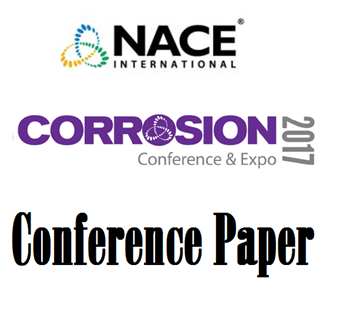Search
On The Corrosion Of Commercial Coatings, Surface Treatments, And Carbides For Servicing Equipment Operating In Highly Soured Production Environments
Also Purchased
A New, Highly Stable Corrosion Resistant Alloy For Severe Oil & Gas And CPI Environments
Product Number:
51321-16555-SG
Publication Date:
2021
$20.00
A Review Of Fit-For-Purpose Sour Tests Of Low Alloy Steels: Effects Of Buffer Chemistry And Purge Gas Composition
Product Number:
51321-16578-SG
Publication Date:
2021
$20.00
Corrosion and Corrosion Products in a Sour Environment from 80°C to 200°C
Product Number:
51317--9084-SG
ISBN:
9084 2017 CP
Publication Date:
2017
$20.00




